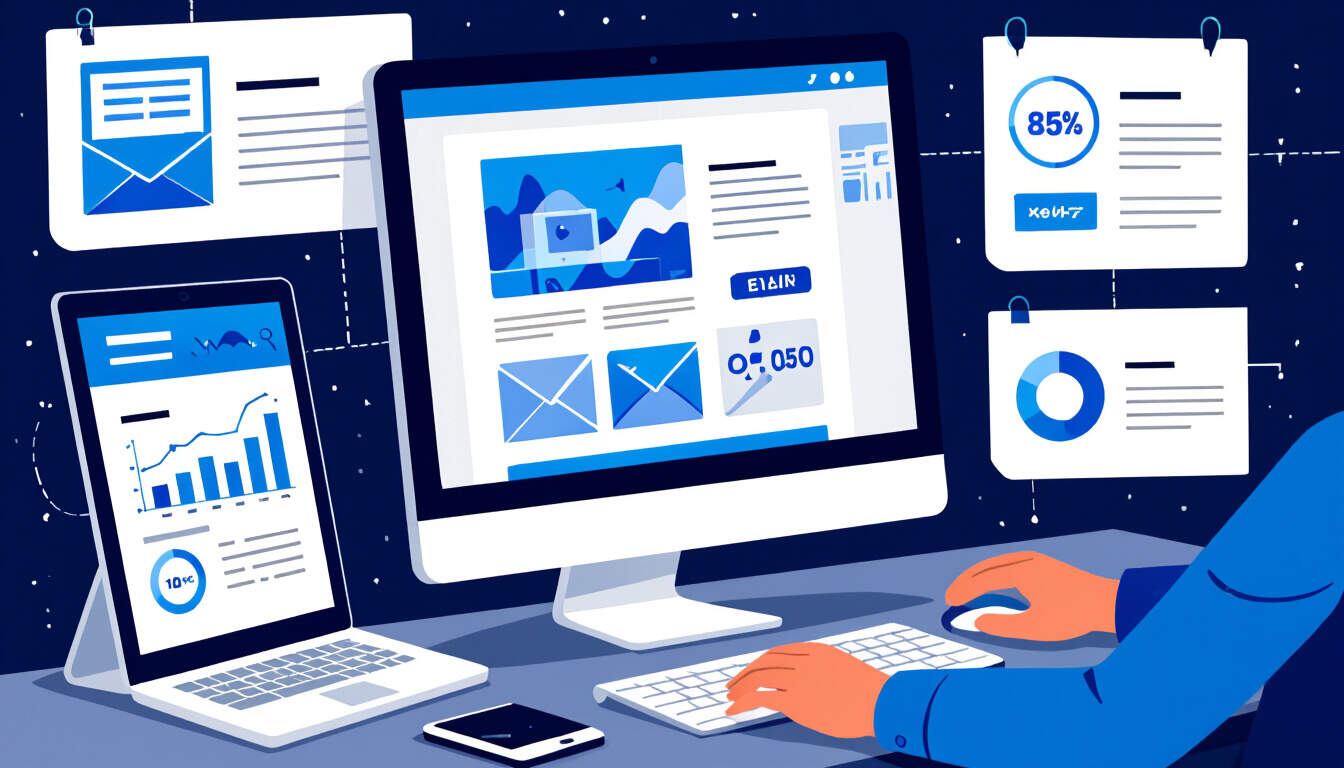Building Interactive Prototypes in Freelance Web Development
 by Verner Mayer
by Verner Mayer
Discover how creating interactive prototypes can boost your success as a freelance web developer. This guide covers essential skills, tools, and steps for beginners to build prototypes that impress clients and streamline projects, all while advancing your career in web development.

Starting a career as a freelance web developer opens many opportunities for creative work and independence. Interactive prototypes serve as a key tool in this process. They help visualize ideas before full development begins.
For beginners, learning to build interactive prototypes is a practical step. These prototypes allow you to show how a website will function, making it easier to get client feedback early. This skill can set you apart in the freelance market.
One way to begin is by choosing the right tools. Software like Figma or Adobe XD offers user-friendly options for creating prototypes. With these, you can design interactive elements such as buttons and navigation menus without needing advanced coding knowledge at first.
As you progress, integrating web development skills becomes essential. For instance, using HTML, CSS, and JavaScript lets you make prototypes more dynamic. This combination ensures your prototypes not only look good but also work smoothly.
Consider a simple project to practice. Start with a basic landing page prototype. Include features like clickable links and form submissions. This hands-on approach builds confidence and prepares you for real client work.
Why Focus on Prototypes?
Prototypes play a vital role in freelance projects. They reduce the risk of major changes later, saving time and resources. By presenting a prototype, you can clearly communicate your ideas to clients, leading to better outcomes.
In web development, attention to user experience is crucial. Interactive prototypes let you test how users interact with your design. This testing phase can reveal issues early, improving the final product.
For intermediate learners, advancing your prototype skills means adding more complexity. Incorporate animations or responsive designs that adapt to different screen sizes. These enhancements make your prototypes more professional and appealing.
Steps to Get Started as a Freelance Web Developer
First, build a strong foundation in core technologies. Learn HTML for structure, CSS for styling, and JavaScript for interactivity. Once comfortable, focus on prototyping tools to combine these elements effectively.
Next, create a portfolio. Include examples of your prototypes and completed projects. A well-organized portfolio showcases your ability to handle freelance work and attracts potential clients.
Finding clients is another important step. Platforms like Upwork or Freelancer provide a starting point. Use your prototypes to demonstrate your skills in project proposals, increasing your chances of winning bids.
Pricing your services fairly is key. Consider factors like project complexity and your experience level. As you gain more prototype-building experience, you can charge higher rates for advanced work.
Practical Tips for Success
Keep your prototypes simple at first. Aim for functionality over perfection to avoid overwhelming yourself. Regular practice helps refine your skills quickly.
Join online communities to share your work and get feedback. Forums and groups dedicated to web development offer valuable insights from others in the field.
Stay updated with new tools and trends. The web development landscape changes, so continuous learning keeps your prototypes fresh and competitive.
Balancing work and learning is essential for freelancers. Set aside time each week to experiment with new prototype features, ensuring steady improvement.
Overcoming Common Challenges
Many beginners face challenges like self-doubt or technical hurdles. Remember that everyone starts somewhere. Break tasks into smaller steps, such as sketching a wireframe before adding interactivity.
If you encounter bugs in your prototypes, debug systematically. This methodical approach turns problems into learning opportunities.
Building a network can also help. Connect with other web developers for advice and collaboration. These relationships often lead to new freelance opportunities.
Encouragement for Your Path
Pursuing freelance web development is rewarding. With skills in interactive prototypes, you can create meaningful projects that solve real problems. Stay persistent and celebrate small wins along the way.
As you grow, your prototypes will become a signature part of your work. This expertise not only boosts your confidence but also opens doors to more exciting projects. Keep pushing forward, and you'll find success in this dynamic field.
In summary, focusing on interactive prototypes enhances your freelance web development journey. By mastering these tools and skills, you position yourself for a thriving career filled with innovation and growth.
